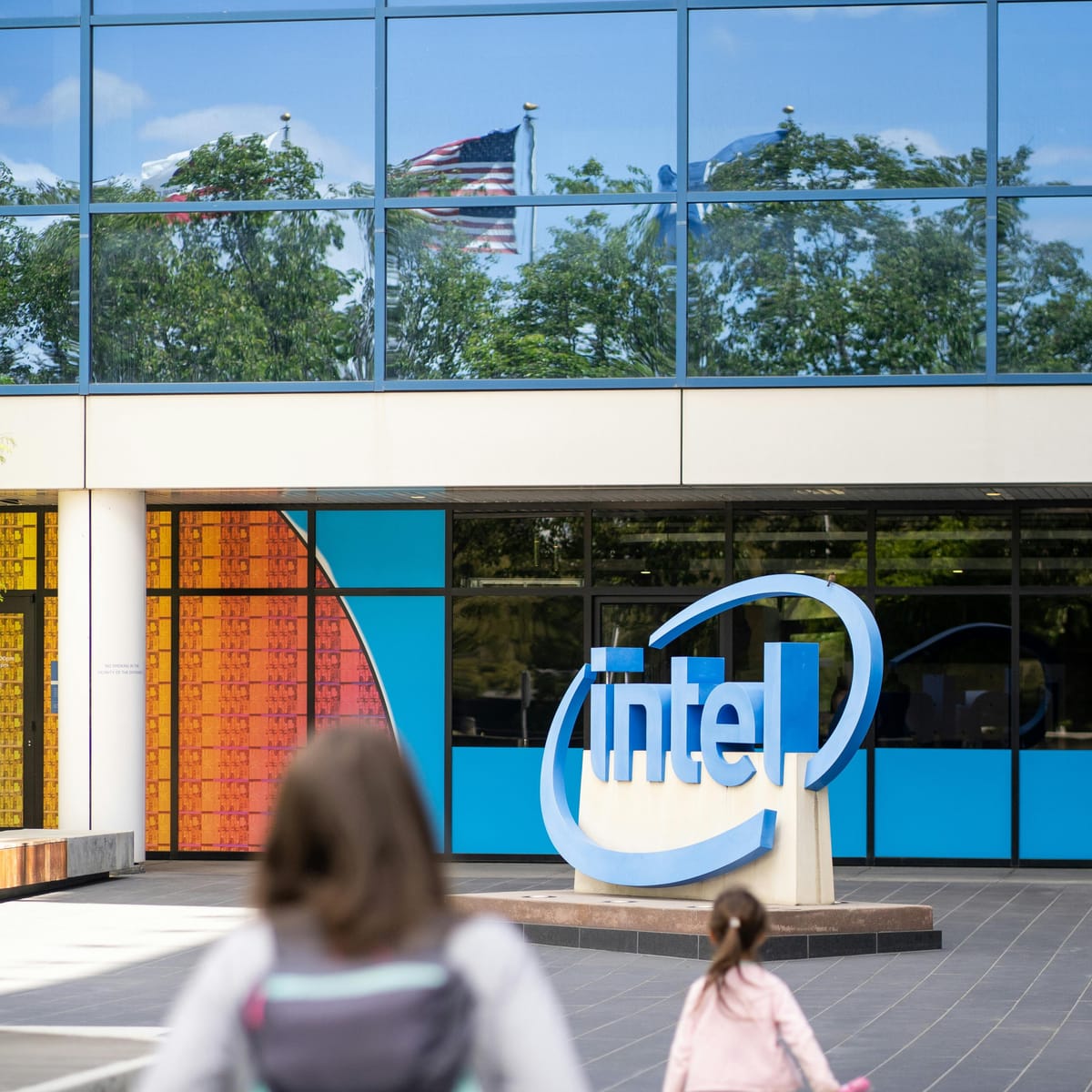Intel's Workforce Reduction: 5,000+ Layoffs Signal Semiconductor Giant's Strategic Pivot
Intel Corporation has announced layoffs exceeding 5,000 employees across its United States operations, marking one of the most significant workforce reductions in the semiconductor giant's recent history. The cuts, which represent approximately 4% of Intel's global workforce, underscore the mounting pressures facing the chip industry as it navigates economic headwinds, shifting market dynamics, and intensifying competition.
The Scale of Intel's Workforce Reduction
The layoffs affect multiple divisions within Intel's operations, spanning engineering, manufacturing, and administrative roles across key facilities in California, Oregon, Arizona, and Texas. This workforce reduction comes as part of Intel's broader cost-cutting initiative aimed at saving approximately $3 billion annually through 2025.
The timing of these layoffs is particularly significant, occurring during a period when Intel is simultaneously investing heavily in domestic chip manufacturing through its foundry services expansion. The company has been working to rebuild its competitive position against rivals like Taiwan Semiconductor Manufacturing Company (TSMC) and Samsung, while also competing with AMD in the processor market.
Market Pressures Drive Strategic Restructuring
Intel's decision reflects broader challenges facing the semiconductor industry. The company has struggled with declining PC sales, which have dropped nearly 30% year-over-year in key markets. Additionally, Intel has faced increased competition in the data center segment, where AMD has gained significant market share with its EPYC processors.
The layoffs also come amid Intel's ambitious turnaround plan under CEO Pat Gelsinger, who returned to the company in 2021 with promises to restore Intel's technological leadership. The plan includes massive investments in new fabrication facilities and the development of advanced chip manufacturing processes to compete with Asian manufacturers.
Impact on Intel's Future Strategy
Manufacturing and Innovation Focus
Despite the workforce reduction, Intel continues to pursue its "IDM 2.0" strategy, which combines internal manufacturing with external foundry partnerships. The company is investing over $100 billion in new facilities across Ohio, Arizona, and other states, supported by federal funding through the CHIPS Act.
The layoffs appear strategically targeted to streamline operations while preserving critical research and development capabilities. Intel has emphasized that core engineering teams working on next-generation processors and manufacturing technologies will remain largely intact.
Financial Implications
The workforce reduction is expected to generate significant cost savings, helping Intel improve its profit margins during a challenging period. The company reported a 20% decline in revenue in its most recent quarter, with net income dropping substantially compared to the previous year.
These savings will be crucial as Intel competes for market share in emerging technologies like artificial intelligence chips, where companies like Nvidia have established strong positions. The financial flexibility gained from reduced operational costs could enable Intel to invest more aggressively in AI and machine learning capabilities.
Broader Industry Context
Intel's layoffs reflect wider trends in the technology sector, where companies are reassessing their workforce needs amid economic uncertainty. Major tech companies including Meta, Amazon, and Microsoft have announced similar workforce reductions over the past year.
The semiconductor industry specifically faces unique challenges, including overcapacity in certain segments, supply chain disruptions, and the cyclical nature of chip demand. Intel's actions signal a recognition that the industry may be entering a prolonged period of adjustment.
Looking Forward: Implications and Takeaways
Intel's workforce reduction represents a calculated risk as the company attempts to balance short-term financial pressures with long-term strategic investments. The success of this approach will largely depend on Intel's ability to execute its manufacturing expansion plans while maintaining innovation momentum.
For the broader technology sector, Intel's layoffs serve as a reminder of the ongoing volatility in semiconductor markets and the need for companies to remain agile in their operational strategies. The move also highlights the challenges facing established technology companies as they compete with more nimble rivals and adapt to rapidly changing market conditions.
As Intel navigates this transition, the company's ability to retain key talent while reducing costs will be crucial for its long-term competitiveness. The ultimate measure of success will be whether these difficult decisions enable Intel to emerge stronger and better positioned for future growth in an increasingly competitive global marketplace.

